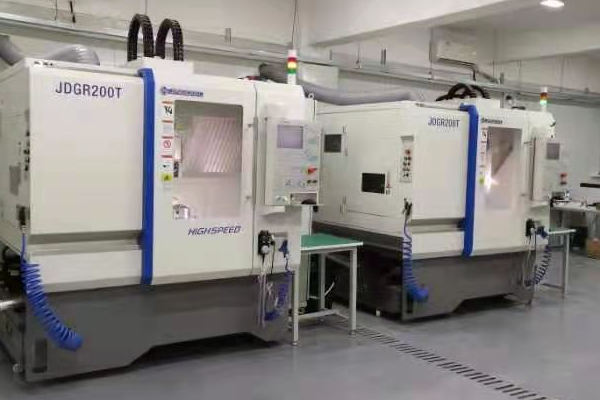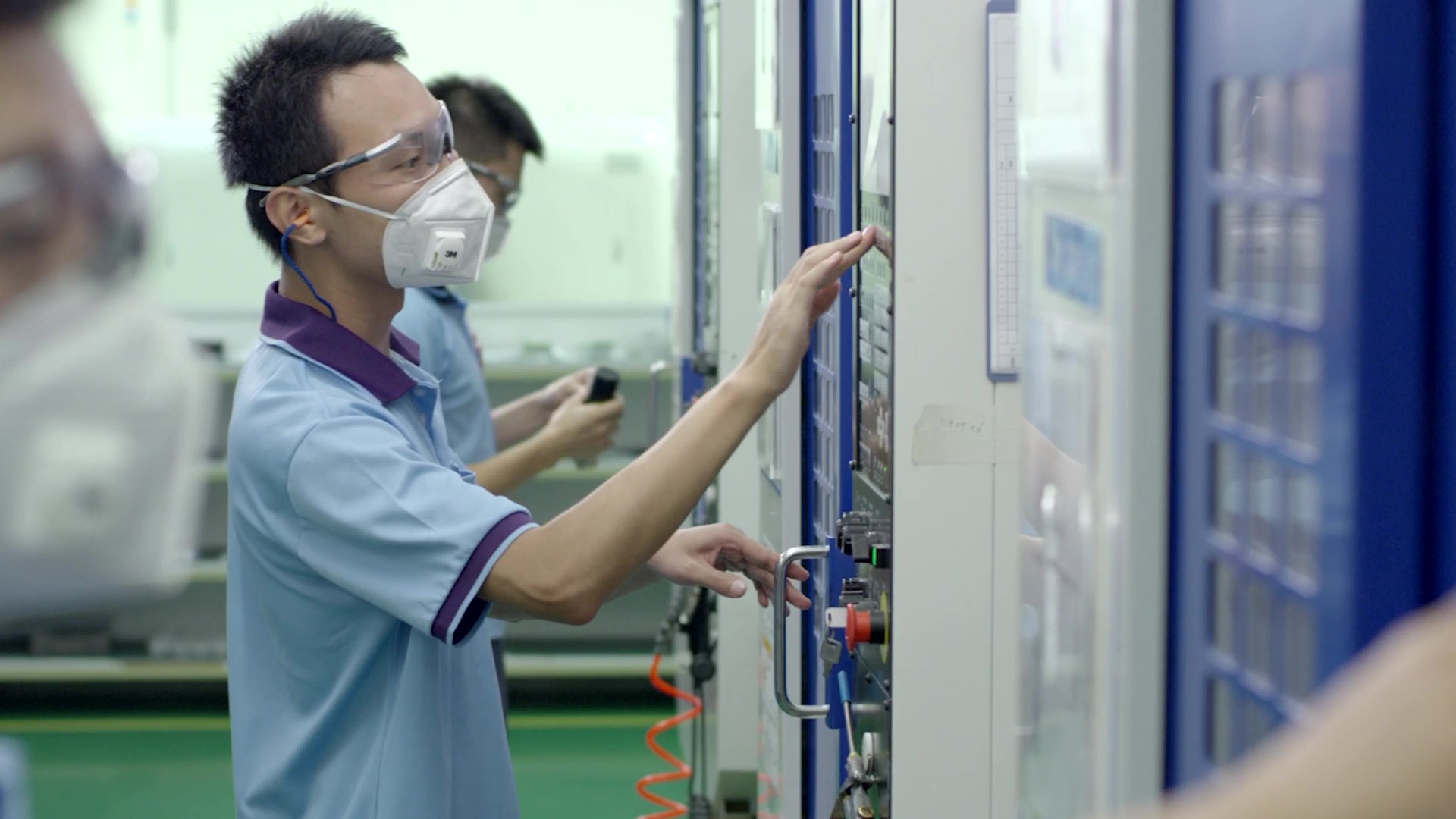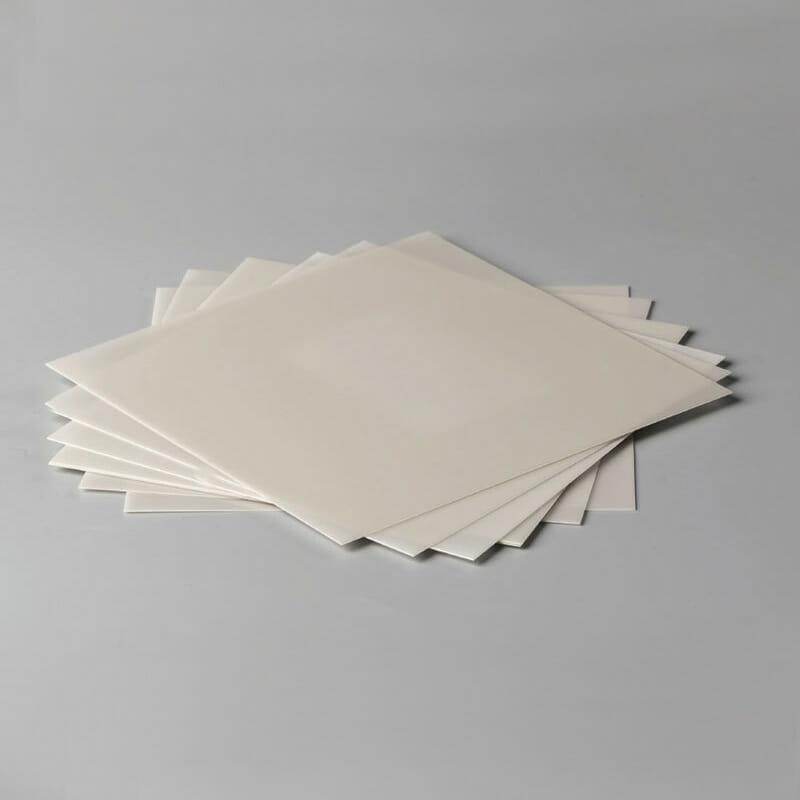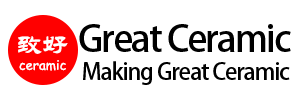Otomotivde İleri Seramik Uygulamaları

Otomotiv endüstrisi, elektrikli araçlar (EV'ler), otonom sürüş, hafif tasarım ve yeşil üretim gibi trendlerin etkisiyle hızlı bir dönüşüm geçiriyor. Bu yeniliklerin ortasında, ileri seramikler, olağanüstü mekanik mukavemet, termal stabilite, elektrik yalıtımı ve aşınma direnci sunan kritik bir mühendislik malzemesi sınıfı olarak ortaya çıkmıştır. Yüksek performanslı motorlardan son teknoloji batarya sistemlerine kadar ileri seramikler otomotiv tasarımını, güvenliğini ve verimliliğini yeniden tanımlıyor.
Gelişmiş Seramikler Otomotiv Uygulamaları İçin Neden İdealdir?
Geleneksel metaller ve plastiklerin aksine, alümina (Al₂O₃), zirkonya (ZrO₂), silikon nitrür (Si₃N₄), alüminyum nitrür (AlN) ve silikon karbür (SiC) gibi teknik seramikler benzersiz bir özellik kombinasyonu sergiler:
Bu özellikler seramikleri performans, uzun ömürlülük ve minyatürleştirmenin gerekli olduğu kritik bileşenler için ideal hale getirir.
Otomotiv Bileşenlerinde Kullanılan Temel Seramik Malzemeler
Great Ceramic olarak, olağanüstü özelliklere sahip çok çeşitli gelişmiş seramikler sunarak müşterilerimizin benzeri görülmemiş performans, güvenilirlik ve sürdürülebilirlik seviyelerine ulaşmalarına yardımcı oluyoruz.
| Malzeme | Özellikler | Yaygın Otomotiv Uygulamaları |
|---|---|---|
| Alümina (Al₂O₃) | Yüksek sertlik, elektrik yalıtımı, aşınma direnci | Buji izolatörleri, yakıt enjektörleri, sensörler |
| Zirkonya (ZrO₂) | Yüksek tokluk, termal şok direnci, iyonik iletkenlik | Oksijen sensörleri, yakıt hücresi membranları, valf bileşenleri |
| Silisyum Nitrür (Si₃N₄) | Yüksek sıcaklıklarda yüksek mukavemet, hafiflik, mükemmel aşınma direnci | Turboşarj rotorları, kızdırma bujileri, rulmanlar |
| Alüminyum Nitrür (AlN) | Yüksek ısı iletkenliği, elektrik yalıtımı | Güç elektroniği, EV termal yönetim modülleri |
| Silisyum Karbür (SiC) | Son derece sert, termal olarak iletken, kimyasal olarak inert | Mekanik salmastralar, EV invertörleri, güç modülleri |
| MGC (İşlenebilir Cam Seramik) | Kolayca işlenebilir, iyi elektrik yalıtımı | Prototipleme, sensör tabanları, özel muhafazalar |
Otomotivde İleri Seramiklerin Temel Uygulamaları
Great Ceramic'in Yetenekleri
Great Ceramic olarak, gelişmiş seramik bileşenlerin özel olarak işlenmesinde uzmanız. Hassas üretim hizmetlerimiz, her bir parçanın sıkı toleranslar ve pürüzsüz yüzeyler ile tam tasarım özelliklerini karşılamasını sağlar. Biz sunuyoruz:
İlgili Ürünler
Sıkça Sorulan Sorular (SSS)
Otomotiv Uygulamalarında Seramik Kullanımının Avantajları
Üstün performans ve güvenilirlik için otomotiv sınıfı seramik bileşenler arıyorsanız, uzman desteği ve özel çözümler için bugün Great Ceramic ile iletişime geçin.





